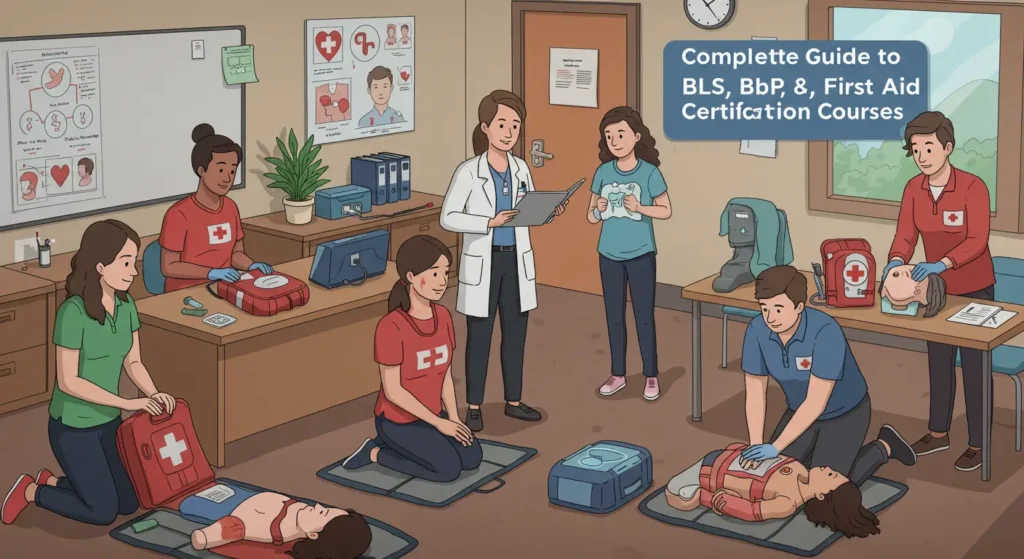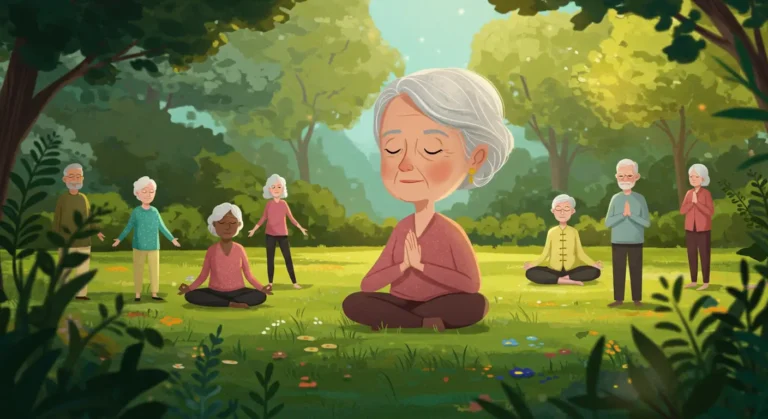Emergencies can strike without warning. Whether it’s a sudden cardiac arrest, a bleeding injury, or exposure to dangerous fluids, knowing what to do in the first few minutes can save someone’s life. That is why training in BLS, BBP, and First Aid is more than a choice-it is a skillset everyone should carry.

If you’ve been thinking about taking a course, now is the time. This guide will help you understand what each training involves, why it matters, and how to begin.
What BLS Certification Covers?
Basic Life Support, also known as BLS, focuses on the care needed during a life-threatening emergency. This type of training is ideal for healthcare professionals, caregivers, and even teachers and security staff.
It covers CPR, rescue breathing, chest compressions, and how to use an AED. Instructors teach how to respond to someone who has stopped breathing or whose heart has stopped beating.
If you want to take the next step, you can get a cpr certification online without needing to attend a full-day seminar or leave home. Just make sure the course is accredited and recognized by your employer or licensing body.
Understanding Bloodborne Pathogens (BBP)
Bloodborne pathogens, or BBPs, are viruses or bacteria found in blood and body fluids that can spread through contact. The training teaches you how to protect yourself and others by following safety procedures. This includes using gloves, practicing proper handwashing, and safely cleaning up spills.
It also explains how to dispose of needles and sharp tools. You learn what to do if someone is bleeding or if a needle injury happens. BBP training is critical for people who work in healthcare, childcare, sanitation, or emergency response.
First Aid Basics for Real-World Situations
First Aid training teaches how to respond to common accidents and health problems. You learn how to treat burns, stop bleeding, deal with broken bones, and manage heat stroke or cold exposure. It also covers what to do if someone has a seizure or allergic reaction.
One of the main goals is to help someone stay stable until help arrives. This kind of training gives people the confidence to act fast and stay focused. Even with no medical background, anyone can learn these steps and make a real difference in a crisis.
Training Options and How to Begin
Courses are available both in-person and online. Some are designed for specific jobs, while others are open to anyone. You can find programs that combine BLS, BBP, and First Aid in one. Many providers offer flexible schedules to make learning more convenient.
Explore: https://fapello.org.uk/sophie-rain-fapello/
Be the Help Someone Needs
You do not have to be a doctor or nurse to save a life. With the right training, you can step in during a crisis and help someone breathe again, stop bleeding, or stay alive until help arrives. Whether you are a parent, student, employee, or volunteer, these skills belong in your hands.
Take the first step today and build the confidence to act when it matters most. Expand your knowledge and check out more posts on our blog!
Source: Fapello




